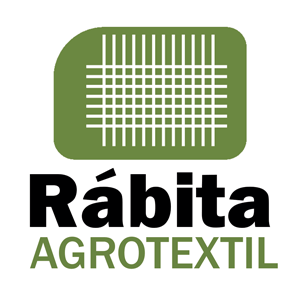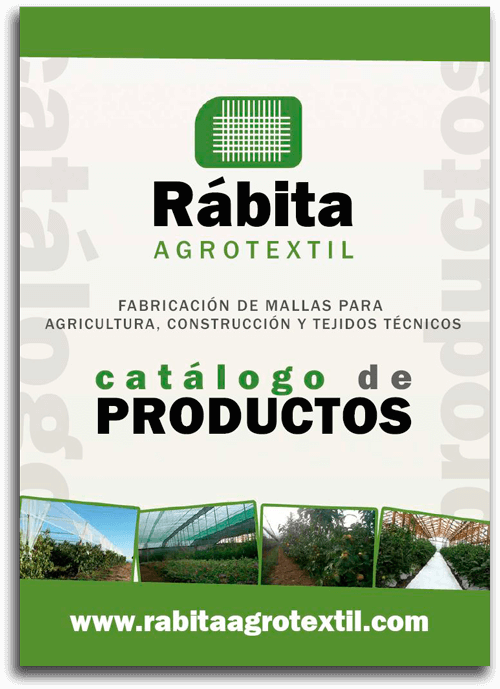Protected agriculture minimizes the impact of adverse weather conditions by protecting crops with tunnels, netting or greenhouses, which saves money on water and fertilizers.
Description of protected agriculture
The term protected agriculture encompasses a series of cultivation techniques that totally or partially control the microclimate surrounding the plant according to the needs of the species during its growth period.
Agriculture is mainly protected by different structures: greenhouses, shade houses and macro-tunnels. For example, macro tunnels are arched structures with a plastic cover, without protection on the sides, designed to protect crops from external weather conditions.
But in the case of fruit trees or certain crops, agricultural netting can sometimes be applied directly on them, without the use of structure.
Advantages of protected agriculture
- Higher and constant productivity.
- Increased efficiency in the use of land, water, fertilizers, pesticides, labor and energy.
- Ability to meet demand cost-effectively during the colder months when open field production comes to a standstill in some locations.
- Better control of sanitary and phytosanitary conditions to meet market requirements and reduce crop damage.
- Reduced vulnerability and risk associated with adverse weather conditions that negatively affect crops and product quality.
- Increased ability to respond to increasingly demanding consumer requirements with respect to pesticide use, sanitary conditions and worker protection.
Depending on the crop, we can save around 60% water and a reduction in fertilizer use of up to 70%.
In terms of production, we can achieve yields up to 35 times higher in protected agriculture than in open fields.
Sustainability and the future of protected agriculture
After the explosive population growth of the last century, the growth in the number of people on the planet has slowed down. It is estimated that in 2050 there will be 9.7 billion people on Earth. More people means more demand for food. This means that food production will have to increase by 60% by the middle of the century for the entire world population to be well fed.



